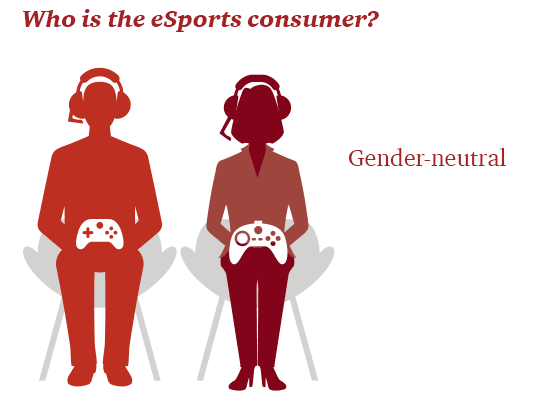PricewaterhouseCoopers (PwC) media and communications leader for entertainment, Deborah Bothun, spoke about the potential of growth in eSports earlier this month, and it looks like the audit and financial consulting network has moved from interest to analysis. The company recently published a report on competitive gaming in the latest addition to its Consumer Intelligence Series, The Burgeoning Evolution of eSports: From the Fringes To Front and Center.
In the report, PwC explains who the eSports consumer really is, in addition to information related to competition, and the devices used for watching tournaments and other events. To start, the company touched on awareness of eSports, with 57 percent of “self-identified hardcore gamers” marking the highest out of all audiences, with 34 percent of fans between the ages of 18 and 24 years old.
From there, PwC discussed the growth of eSports into a much bigger medium, from back in August 2013, when the League of Legends finals sold out L.A.’s Staples Center with more than 10,000 fans, to earlier this year, when ESPN and Yahoo individually launched eSports initiatives. It also made note of how the U.S. is leading the overall global market with a 38 percent share of overall revenues, and how the overall market will hit $463 million this year–a 43 percent increase from the previous year.
PwC claims that first-person shooters are the most watched genre, regardless of age, gender or type of gamer, coming in at 63 percent compared to 37 percent for MOBA games, 36 percent for fighting games (like Street Fighter V) and 28 percent for MMORPG’s. However, it should be noted that many of the report’s findings are based on a 757-respondent survey where 56 percent of the participants were male and 44 percent were female.
PwC also pointed out other factors in the report, including:
- ESport consumers spend the most overall, around $309 on a monthly basis compared to $245 of general respondents and $163 for non-eSports consumers.
- ESports’ popularity is likely to continue in the years ahead, as most consumers are likely to either increase or maintain their current viewership, by 83 percent and participation, at 72 percent, in the next coming year.
- Some eSports players aren’t fond of tournament-style play at events, as 70 percent of them feel that it’s best to compete from home, as opposed to taking on opponents in person or during competitions.
- When it comes to viewing these events, 57 percent of those polled have watched some form of competition either on a laptop or desktop computer. However, more mobile services are becoming available, so mobile device popularity could pick up over the next few years. They currently stand at 26 percent for smartphones and 24 percent for tablets.
- Viewership continues to be on the rise, with the average consumer watching 19 days of eSports competition a year, and self-identified hardcore gamers tuning in for an average of 32 days a year.
PwC’s eSports report serves as a short introduction to the eSports demographic, but more findings should continue to develop as the industry evolves. As Deborah Bothun stated, “ESports is only getting bigger, and with such growth comes investment opportunities for brands and marketers who hope to capitalize on the success. One does not have to be a gaming company to get in on the action. Viewers can be reached beyond traditional advertising and sponsorships such as merchandising, mobile apps that provide data such as scores and stats, or fantasy betting. Other examples to start with include branded uniforms, branded hydration, and branded transportation.”
